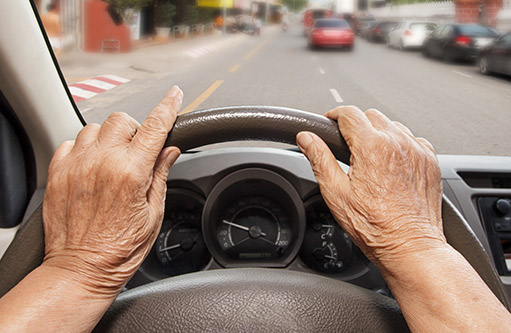
It can be difficult to know when it is time to stop driving. For many seniors, driving is a source of independence and freedom. However, as we age, our eyesight and reflexes begin to decline, making it more dangerous for us to drive. If you are worried that your loved one may not be safe behind the wheel, there are a few things you can do to help keep them safe.
The Dangers of Driving as We Age
As we age, our driving skills can start to decline. Our reflexes slow down, our vision and hearing aren’t what they used to be, and we may have difficulty multitasking. These changes can make it more difficult to drive safely. In fact, according to the National Highway Traffic Safety Administration, drivers over the age of 65 are more likely to be involved in fatal car accidents than any other age group. If you’re an older driver, there are a few things you can do to stay safe on the road. First, make sure you’re up-to-date on your vision and hearing tests. Second, schedule regular checkups with your doctor to make sure you’re physically able to drive. And finally, take a defensive driving course to brush up on your skills. By taking these precautions, you can help ensure that you’ll be safe behind the wheel for years to come.
When is it Time to Stop Driving?
For most of us, driving is an essential part of daily life. It gives us the freedom to go where we want, when we want. But as we age, our driving skills can decline. This can be due to physical changes, such as decreased vision or hearing, or cognitive changes, such as dementia. If you’re worried about your ability to drive safely, it’s important to talk to your doctor. They can help you assess your risks and make a decision about when it’s time to stop driving. In some cases, they may be able to offer suggestions for ways to improve your safety on the road. Ultimately, though, it’s up to you to decide when you’re no longer comfortable behind the wheel. If you’re worried about giving up your independence, there are other options available, such as public transportation or ride-sharing services. Whatever you decide, it’s important to do what’s best for your safety and the safety of those around you.

according to the National Highway Traffic Safety Administration, drivers over the age of 65 are more likely to be involved in fatal car accidents than any other age group.
How to Help a Loved One Give Up Their Car Keys
It can be difficult to make the decision to take away a loved one’s car keys. You may feel like you are being too harsh or that you are limiting their independence. However, if your loved one is no longer able to safely operate a vehicle, it is important to take action. Having to give up driving can be a difficult adjustment, as it means losing independence and having to rely on others for transportation. If you have an aging loved one who is still behind the wheel, there are a few things you can do to help them make the transition. First, talk to them about their concerns and offer to help with errands and appointments. You can also look into alternative transportation options, such as public transit or ride-sharing services. If your loved one is resistant to giving up their car keys, gently remind them that their safety is your top priority. Ultimately, their decision should be respected, but you can provide support and assistance throughout the process.
Resources for Seniors Who Want to Keep Driving
As people age, they may find it more difficult to drive. This can be due to physical changes, such as declining vision or reflexes, or cognitive changes, such as dementia or Alzheimer’s disease. As a result, seniors may need to stop driving altogether. However, there are many resources available for seniors who want to keep driving. The National Highway Traffic Safety Administration provides valuable tips on how to stay safe behind the wheel. Additionally, the AAA Foundation for Traffic Safety offers an online brain training program called “DriveSharp” that helps to sharpen the mind of the driver. These resources can help seniors stay safe on the road and continue driving for as long as possible.

